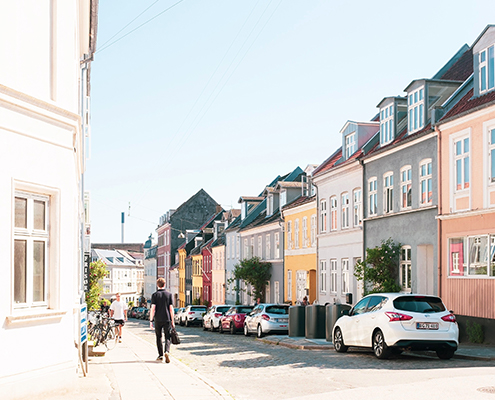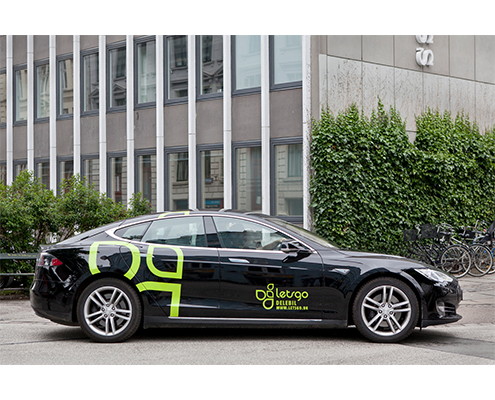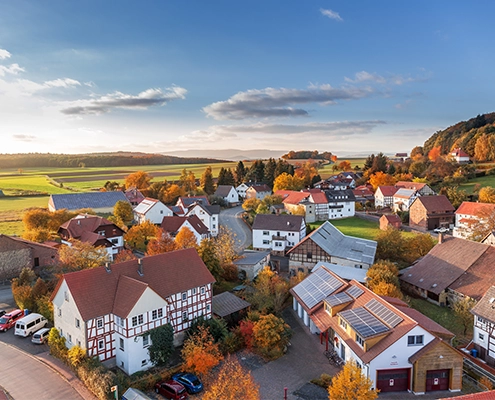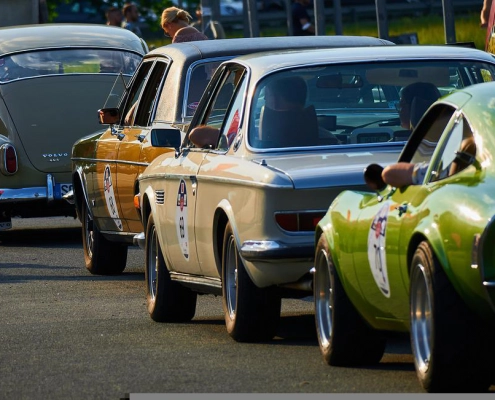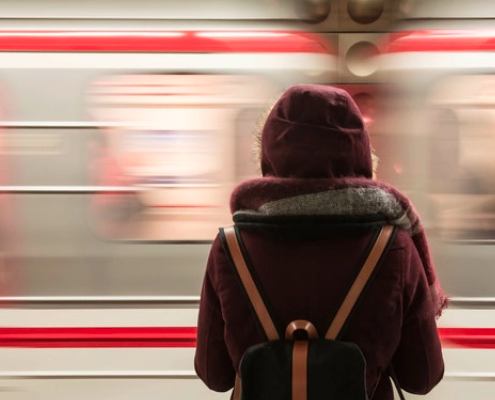Hej Aarhus – A city report
With the Aarhus city report, we will take a closer look at the municipality. As the second largest and one of the ten happiest cities in Europe, Aarhus is known above all for a good cultural and gastronomic scene, a lively nightlife and numerous sights and attractions such as the summer residence of the Danish royal family Marselisborg Castle, the ARoS Art Museum, the open-air museum Den Gamle By or the Cathedral of Aarhus. Many students have settled in Aarhus, which gives the city a very youthful atmosphere. In general, the population is expected to grow to around 330,000 by 2030. With the growing population, the challenges in the mobility sector are also increasing, as driving is a very popular form of transport in Aarhus, especially among commuters. Due to an even more inefficient public transport system, in which private transport services are not integrated, residents in the greater Aarhus area regularly drive their private cars into the city. As a result, there is an increase in traffic and congestion, as most people sit alone in the car and at the same time buses on the same route are hardly used.
With new measures focusing on active and public modes of transport, the city of Aarhus is trying to improve urban mobility while reducing the city’s environmental pollution and CO2 emissions and solving congestion problems. In December 2017, the first part of the Aarhus Light Rail network with 12 stations was opened. In addition to replacing the existing bus lines, the Light Rail will also connect the city with neighborhoods that are currently heavily affected by traffic. Cycling will also be promoted. In Aarhus, almost one in four people use their bicycles to get to work. The goal is to significantly increase this share. In 2007, for example, the city presented the “Bicycle Action Plan” to make urban cycling safer and more attractive for residents. The main cornerstones of the plan are to create a seamless network of cycle paths, to improve trafficability, traffic safety and parking facilities, and to build pure cycle paths. By 2012, the number of cyclists in the city has already increased by 18 percent. More than 3000 attractive bicycle parking spaces were built, new cycle paths created and several air pumps and bicycle barometers set up. In addition, 450 station-based free city bikes are available to residents and city visitors in Aarhus. The stations are located near cultural and leisure facilities, educational facilities, the railway station and other central locations in Aarhus. A 20-crown coin must be inserted for the withdrawal. The coin is returned when the bicycle is returned to one of the 15 stations.
The Aarus city report and its focus on motorised traffic in the city The station-based car sharing service Let’s Go provides 20 cars from seven different categories for daily trips through the city. Users can reserve them online (days in advance), book them and borrow them at the desired time at a fixed parking lot. A prerequisite is the conclusion of a Let’s Go membership, which either permits flexible bookings without binding or contains reasonably priced subscription models for higher driving requirements. The price results from the hourly rate defined for the selected car category, the type of membership and the number of kilometres. For those who prefer to ride along rather than sit behind the wheel themselves, Aarhus has around 200 vehicles from taxi provider Aarhus Taxa on the road. Bookings can be made by phone, app or via the website. In addition to regular taxi rides, Aarhus Taxi also offers a “Party Taxi” service for more entertaining rides. These taxis can be booked at the same price as regular taxis, but are equipped with a special lighting and sound system.
If you still can’t do without your private car, Q-Park offers central parking facilities in Aarhus. With a total of nine car parks, Q-Park improves the city’s infrastructure and cooperates closely with the city administration with regard to the choice of location. The car parks are located in the main residential, work and business areas as well as near tourist attractions to keep the streets of Aarhus free of parked cars while reducing traffic for fewer people looking for parking.
The Aarhus City report shows how better mobility works in the Danish city.
On the road to a more efficient mobility system, Aarhus has also taken a new direction in the planning and use of mobility: multimodal travel is to become more attractive by combining private and public transport services via modern mobility solutions. To this purpose, the City of Aarhus is now working with Fluidtime to jointly develop a test and demonstration area for transport companies and mobility service providers. A new MaaS platform will be introduced to connect travellers to the existing public and private mobility services in Aarhus. This creates a suitable alternative to the private car, making individual travel easier, at best cheaper and more efficient.

